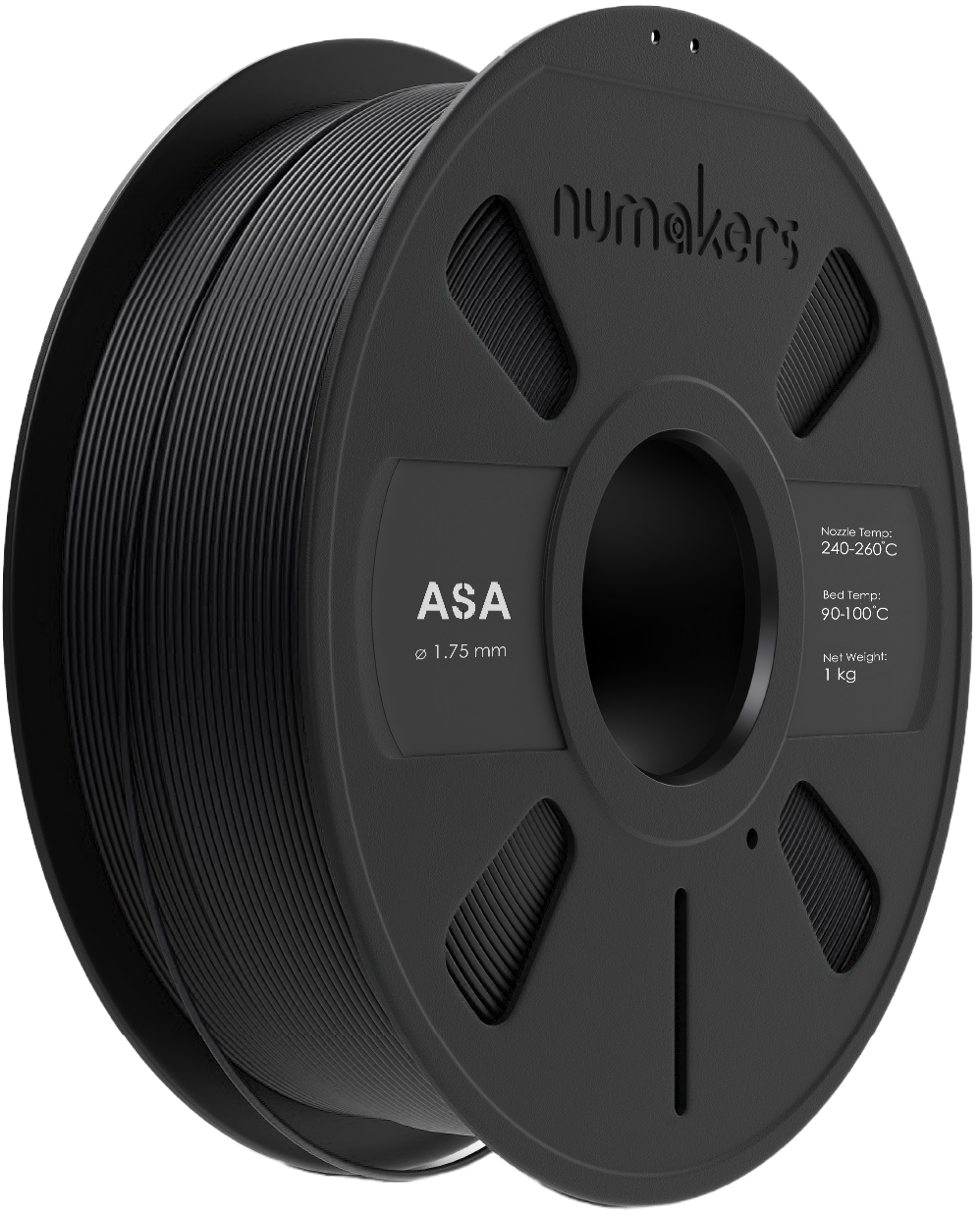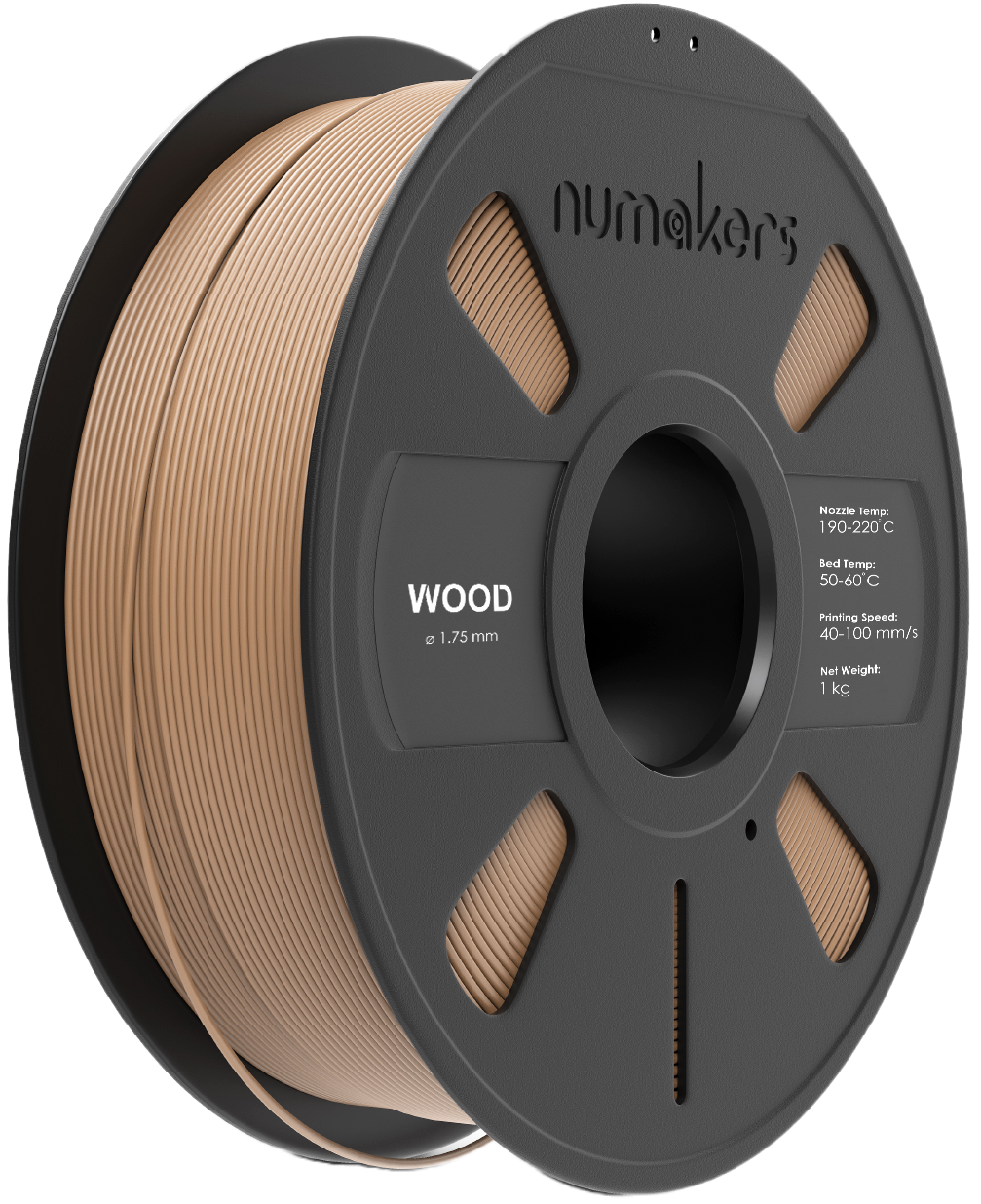Ultimate 3D printing guide for PETG filament
Overview
PETG is one of our favorite materials for 3D printing. It’s almost as easy to print as PLA, but it can offer many mechanical properties that PLA prints just cannot achieve.Here are some of the key benefits of using PLA filament for 3D printing. PETG filament is also relatively easy to print with, making it a good choice for beginners and experienced 3D printers alike.
Here are some of the key benefits of using PETG filament for 3D printing:
- Durability: PETG filament is a very strong and tough material. It is resistant to impact and can withstand high loads.
- Chemical resistance: PETG filament is resistant to a variety of chemicals, including acids, bases, and solvents. This makes it a good choice for applications where the print will be exposed to harsh chemicals.
- Ease of printing: PETG filament is relatively easy to print with. It does not warp or shrink as easily as some other filaments, such as ABS.
- Versatile: PETG filament can be used for a variety of applications, including functional prototypes, toys, and home décor.
How to print with PETG filament
- Prepare your 3D printer: Make sure that your 3D printer is properly assembled and calibrated. You should also clean the print bed with rubbing alcohol to remove any dirt or grease.
- Choose the right settings: PETG filament requires slightly higher printing temperatures than standard PLA. The recommended extruder temperature for PETG is 240-250 °C, and the recommended bed temperature is 70-90°C.
- Load the filament. Make sure that the filament is properly loaded into the extruder. The filament should be fed through the extruder gears smoothly without any resistance.
- Start the print. Once the print is started, monitor the print closely. PETG can be more difficult to print with than standard PLA, so it is important to be on the lookout for any problems.
- Troubleshooting. If you encounter any problems during the print, such as stringing or layer adhesion issues, you may need to adjust the print settings. You can also try slowing down the print speed or increasing the bed temperature.
Here are some additional tips for printing with PETG filament:
- Store the filament properly: PETG filament should be stored in an airtight container with desiccant to prevent it from absorbing moisture.
- Clean the print bed regularly: PETG can be more difficult to remove from the print bed than standard PLA. It is important to clean the print bed regularly with rubbing alcohol to prevent the filament from sticking too much.
- Use a brim or raft: A brim or raft is a small extension of the print that helps to increase the surface area of the print that is in contact with the bed. This can help to prevent the print from lifting up.
- Calibrate your extruder: Make sure that your extruder is calibrated properly so that the correct amount of filament is being extruded.
- Experiment with different settings: Every printer and filament is different, so it is important to experiment with different settings to find what works best for you.
General tips on printing temperature
Finding the right printing temperature for any filament is a compromise between visual looks and strength. Lowered nozzle temperatures can help to reduce oozing, stringing, and improve bridging and overhangs. However, they can also weaken the print by reducing layer adhesion.
The best printing temperature for any filament will vary depending on the printer, the filament, and the desired results. A good starting point is to use the middle of the recommended temperature range and then adjust the temperature as needed. To get the best results, it is important to experiment with different temperatures and print settings. A temp tower is a great way to test different temperatures and see how they affect the print quality. You can find numerous temp towers on Thingiverse, such as this one.
With patience and tuning, you can achieve both good visual looks and strength with the right printing temperature.
How to get PETG filament to stick to the bed
Most bed surfaces respond well to PETG adhesion. Here are some tips to get PETG to stick to the bed:
-
Use a clean and level bed. A dirty or uneven bed can prevent the filament from sticking properly.
-
Use a heated bed. A heated bed will help the filament to melt and adhere to the bed. The recommended bed temperature for PETG is 70-90°C.
-
Use a bed adhesive. A bed adhesive, such as glue stick, hairspray, or Magigoo, can help to improve adhesion and prevent warping.
-
Use a PEI sheet. A PEI sheet is a great option for printing with PETG. PEI sheets have a non-stick surface that is compatible with a variety of filaments, including PETG.
General tips on bed adhesion/leveling
These are some general tips for achieving proper bed adhesion and leveling when 3D printing. The most important rule is to always ensure that the first layer of the print is perfect, with no gaps or overlaps. This can be achieved by adjusting the distance between the nozzle and the bed, which should be neither too close nor too far apart.
A first layer that is ideal has no gaps and is touchably smooth. For a nice first layer, filaments like PLA frequently prefer to be slightly compressed to the bed. On the other side, PETG requires additional space to avoid nozzle clogging with residue.
Check your surroundings for draughts or cold temperatures if you experience warping. It is advised that the ambient temperature be at least 20 °C. Try an enclosure if necessary for better outcomes. Reduce your first layer printing speed to 15-20mm/s if you intend to print an intricate model with lots of features on the first layer to ensure a quality first layer.
Increase the first layer hotend and bed temperatures by 5–10°C if necessary for additional bed adhesion and utilise a brim.
General tips on improving visual quality of your 3D prints
PETG has the tendency to absorb moisture, which can adversely affect its visual appearance and strength. To ensure optimal results, it is essential to keep it dry. Store it in a re-sealable bag with a desiccant when not in use. If necessary, dry it for 5-6 hours at 65°C prior to use. Symptoms of moisture in PETG include inadequate layer adhesion, flimsy and delicate prints, and excessive stringing and oozing.
Also slower print speeds result in better-looking prints. You'll almost certainly obtain better results and higher visual quality if you lower your print speeds, regardless of the printer you use. Of course, there will also be a reduction in layer heights. A layer height of no more than 0.15 mm and a printing speed of no more than 50 mm/s are advised for excellent visual results.
Tune your retractions' rates and lengths to eliminate stray strings or blobs for even better visual quality. If the issue persists, try decreasing the nozzle temperature by 5°C steps.
Part cooling fan must not exceed 30% unless printing overhangs and bridges. Use maybe little extra cooling (Increase by 25–50%) to enhance these details.






















